Charleston C&O Depot
Introduction
Text-to-speech Audio
Charleston's historic C&O Depot is currently served by Amtrak's Cardinal line and home to Laury's Restaurant, General Corporation, and the Maier Foundation. The station was originally owned by the Chesapeake & Ohio Railway and constructed in the early 1900s to replace the original passenger station that had been previously constructed in the late 1800s. In September 2010, the station was acquired by General Corporation, a commercial real estate company based in Charleston. The building also serves as the office of the Maier Foundation, a private charity that supports education in Wst Virginia. The station is located on the south bank of the Kanawha River, opposite downtown Charleston which lies on the north bank. This location provides patrons of Laury’s restaurant, which is located upstairs, with a view of the river and downtown Charleston.
Images
A view from MacCorkle Avenue

The C&O Depot with the South Side Bridge, that allowed community members to easily access the train station.
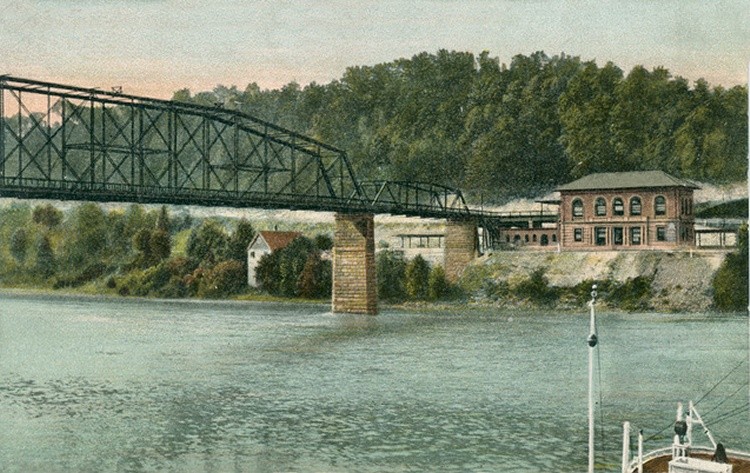
The original C&O Depot in Charleston, WV.
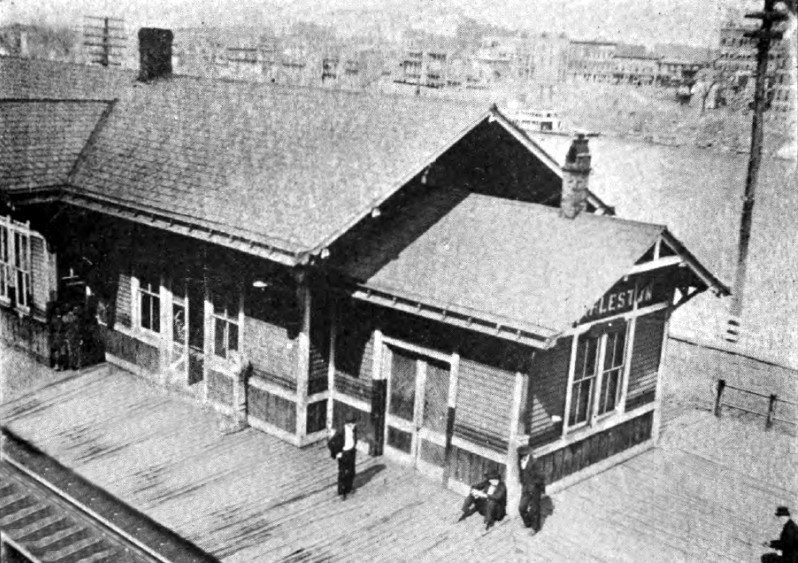
The C&O Freight Depot in Charleston, WV, that unloaded 800 train cars per month on average.
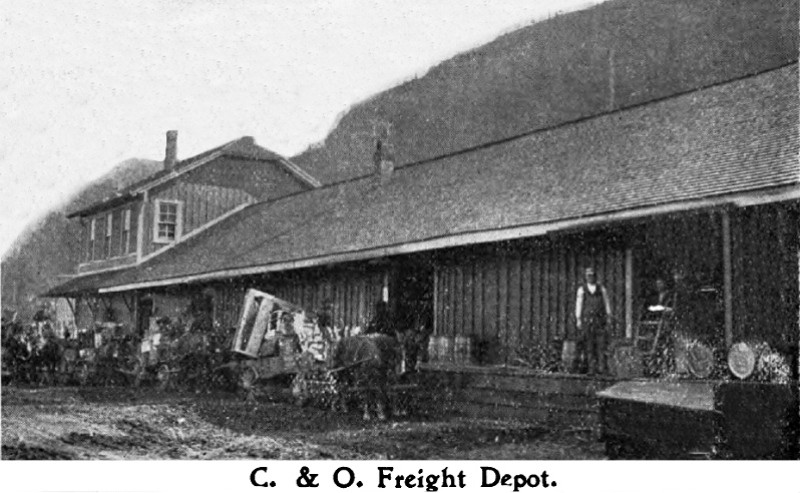
Senator Jesse A. Bloch of Wheeling raced to Charleston from a vacation in California to cast the deciding vote for ratification of the 19th Amendment.
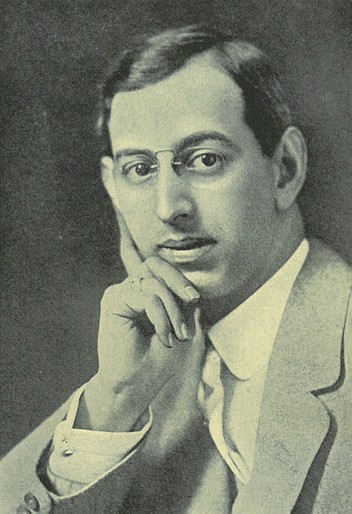
The Fairmont West Virginian, March 5, 1920.

The Wheeling Intelligencer, March 6, 1920.
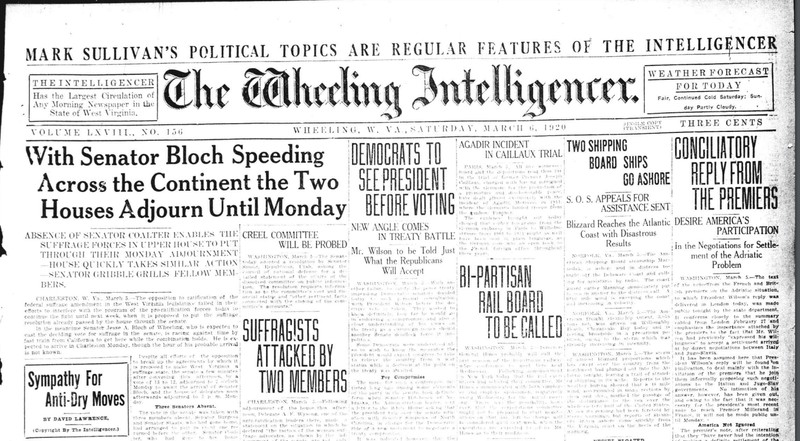
From the Wheeling Intelligencer, March 8, 1920.
.jpg)
The Wheeling Intelligencer, March 9, 1920.
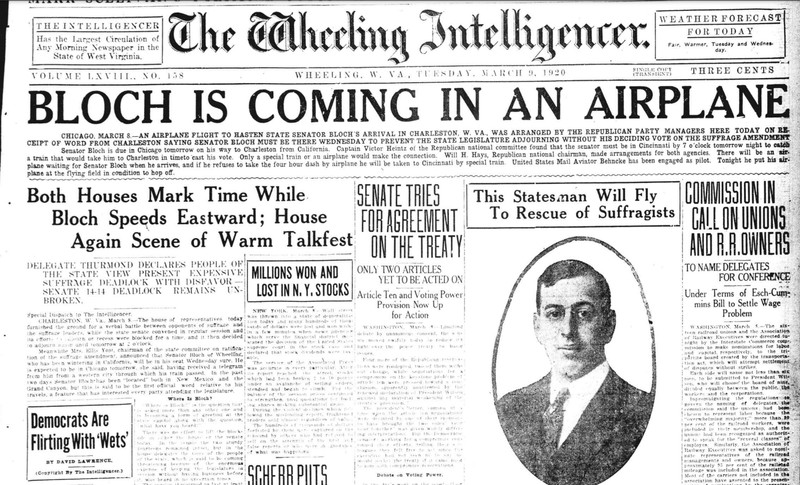
The Wheeling Intelligencer, March 10, 1920

The Wheeling Intelligencer, March 11, 1920
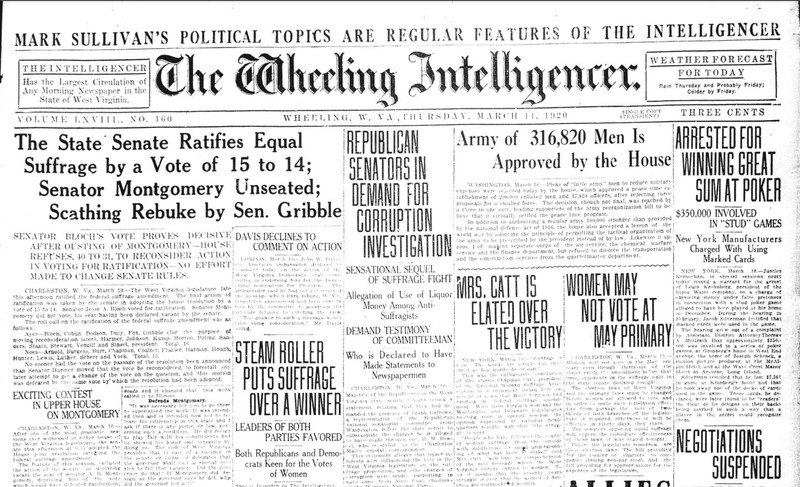
Backstory and Context
Text-to-speech Audio
The C&O Railway first laid tracks through the Kanawha Valley region in 1873, which greatly expanded industry in West Virginia. Along with the new route for goods to pass through the southern part of West Virginia, the C&O also provided a new passage for tourists and West Virginians. In the late 1890s and early 1900s, the C&O provided departure on eight passengers trains daily. The C&O also housed a Freight Depot in Charleston that supplied jobs to 15 handlers and 15 clerks. The C&O Freight Depot welcomed trains carrying wholesale groceries, meats, sugars, merchandise, wood, coal, and bark. As for the original C&O passenger depot, the 1901 Charleston Chronicle was quoted as saying, “The management are ashamed of the old passenger depot and request that it be not illustrated, as it is soon to be replaced by a fine modern structure, in keeping with the excellencies of the road and the advancement of Charleston.”1
Built in 1906, the historic Chesapeake & Ohio Railway depot has served the residents of Charleston for over a century. Much of the station's outdoor space is now covered by the South Side Bridge which allows both vehicular and pedestrian traffic to access the downtown areas. The depot was listed on the National Register of Historic Places in 1984 as the Chesapeake & Ohio Depot as part of the South Hills Multiple Resource Area. The depot is a two-story, brick and stone structure in the Neo-Classical Revival style. The facade features a shallow pavilion of paired Roman Doric columns facing the Kanawha River. It also has a low hipped, tile-covered roof with bracketed deep eaves.
The Historic C&O Depot is still functioning, as passengers can ride Amtrak's Cardinal line three days a week westbound to Cincinnati, Indianapolis and Chicago, and eastbound to Washington and New York. Although rail service has declined in the U.S. since the late 20th century, passengers continue to use the depot today. C&O Depot also houses Laury's restaurant. Since 1979, Laury's has been one of the premier fine dining establishments in Charleston and is known for its views of downtown Charleston and the Kanawha River.
Senator Jesse Bloch arrives to cast the decisive vote to ratify the 19th Amendment:
On March 9, 1920, Senator Jesse A Bloch of Wheeling arrived at the C & O Depot to cast the deciding vote on ratifying the 19th Amendment. Once Congress passed the 19th Amendment in 1919, West Virginia had possibly the most dramatic ratification process. Suffragists led by Lenna Lowe Yost put heavy pressure on the state legislature to ratify the amendment and Governor John Cornwall ordered a special session in February 1920 to consider the amendment. The tension was already high because women needed three more states to ratify the 19th Amendment and it was not clear which way West Virginia would vote. The West Virginia state legislature met in special session for 12 days with heavy lobbying from both pro- and anti-suffrage delegations. On March 1, the state senate vote ended in a tie 14-14. Two days later, the House approved ratification 47-40, but the Senate deadlocked at 14-14 again. It appeared that West Virginia was not going to ratify the 19th Amendment, but pro-suffragists contacted state Senator Jesse Bloch who was vacationing in California and was for suffrage. While Republican colleagues kept the special session from adjourning, the national Republican party and private donors arranged for Bloch to travel by train from California to Charleston to cast his vote and break the tie. While Bloch was on his way, more drama unfolded when former senator A.W. Montgomery, who had resigned and moved out of state prior to the session, tried to reclaim his seat in order to break the tie against ratifying the amendment. His attempt failed however due to his official resignation months before. Senator Bloch arrived in Charleston in the early morning of March 10 and later that day cast his vote in favor of ratification, making West Virginia the 34th state to ratify the 19th Amendment.
Sources
Effland, Anne Wallace. “The Woman Suffrage Movement in West Virginia, 1867-1920.” M. A. Thesis, West Virginia University, 1983.
Morgan, John G.. Charleston 175. Charleston, WV. The Charleston Gazette, 1970.
History of the C&O Railway. Chesapeake and Ohio Historical Society. Accessed February 26, 2017. http://cohs.org/history/.
Ratcliffe, Georzetta. NRHP Nomination Form. Accessed February 26, 2017. http://www.wvculture.org/shpo/nr/pdf/kanawha/84000782.pdf.
Rice, Otis K.. Charleston and the Kanawha Valley. Windsor Publications, Inc, 1981.
Steelhammer, Rick. "Epic rail journey helped WV play key role in suffrage amendment's passage 100 years ago." The Herald-Dispatch. August 26, 2020. Accessed July 15, 2021. https://www.herald-dispatch.com/news/epic-rail-journey-helped-wv-play-key-role-in-suffrage-amendment-s-passage-100-years/article_99026788-afb0-5586-97ed-e8a7f82da81b.html.
"West Virginia and the 19th Amendment." National Park Service. August 22, 2019. Accessed July 15, 2021. https://www.nps.gov/articles/west-virginia-women-s-history.htm.
"Jesse Bloch, Who's Who in West Virginia, 1916." Fighting the Long Fight: West Virginia Women and the Right to Vote. A West Virginia Archives and History Online Exhibit. Accessed February 21, 2022. http://archive.wvculture.org/history/exhibitsonline/suffrage/suffrage54.html.
The West Virginian. [volume], March 05, 1920, Image 1. Chronicling America. Accessed February 18, 2022. https://chroniclingamerica.loc.gov/lccn/sn86072054/1920-03-05/ed-1/seq-1/#date1=1920&sort=date&rows=20&words=Bloch+Jesse&searchType=basic&sequence=0&index=1&state=West+Virginia&date2=1920&proxtext=jesse+bloch&y=0&x=0&dateFilterType=yearRange&page=1.
The Wheeling intelligencer. [volume], March 06, 1920, Image 1. Chronicling America. Accessed February 18, 2022. https://chroniclingamerica.loc.gov/lccn/sn86092536/1920-03-06/ed-1/seq-1/#date1=1920&sort=date&rows=20&words=Bloch+Jesse&searchType=basic&sequence=0&index=2&state=West+Virginia&date2=1920&proxtext=jesse+bloch&y=0&x=0&dateFilterType=yearRange&page=1.
Strautmann, Kelly. "Radical Ratification: Wheeling's Role in the 19th Amendment." Weelunk. March 10, 2020. Accessed February 21, 2022. https://weelunk.com/radical-ratification-wheelings-role-in-the-19th-amendment/.
The Wheeling intelligencer. [volume], March 09, 1920, Image 1. Chronicling America. Accessed February 18, 2022. https://chroniclingamerica.loc.gov/lccn/sn86092536/1920-03-09/ed-1/seq-1/#date1=1920&sort=date&rows=20&words=BLOCH+JESSE&searchType=basic&sequence=0&index=3&state=West+Virginia&date2=1920&proxtext=jesse+bloch&y=0&x=0&dateFilterType=yearRange&page=1.
The Wheeling intelligencer. [volume], March 10, 1920, Image 1. Chronicling America. Accessed February 21, 2022. https://chroniclingamerica.loc.gov/lccn/sn86092536/1920-03-10/ed-1/seq-1/#date1=1920&sort=date&rows=20&words=BLOCH+Bloch&searchType=basic&sequence=0&index=4&state=West+Virginia&date2=1920&proxtext=bloch&y=2&x=14&dateFilterType=yearRange&page=3.
The Wheeling intelligencer. [volume], March 11, 1920, Image 1. Chronicling America. Accessed February 21, 2022. https://chroniclingamerica.loc.gov/lccn/sn86092536/1920-03-11/ed-1/seq-1/#date1=1920&sort=date&rows=20&words=Bloch+Jesse&searchType=basic&sequence=0&index=7&state=West+Virginia&date2=1920&proxtext=jesse+bloch&y=0&x=0&dateFilterType=yearRange&page=1.
